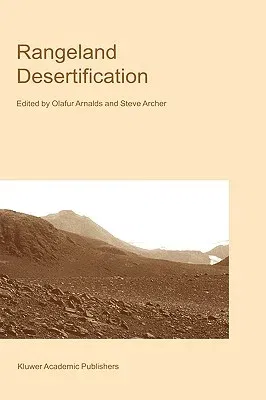Rangeland Desertification (2000)Hardcover - 2000, 30 November 1999

Qty
1
Turbo
Ships in 2 - 3 days
In Stock
Free Delivery
Cash on Delivery
15 Days
Free Returns
Secure Checkout

Part of Series
Advances in Vegetation Science
Print Length
209 pages
Language
English
Publisher
Springer
Date Published
30 Nov 1999
ISBN-10
0792360710
ISBN-13
9780792360711
Description
Product Details
Book Edition:
2000
Book Format:
Hardcover
Country of Origin:
US
Date Published:
30 November 1999
Dimensions:
23.39 x
15.6 x
1.42 cm
Genre:
Ecology
ISBN-10:
0792360710
ISBN-13:
9780792360711
Language:
English
Location:
Dordrecht
Pages:
209
Publisher:
Weight:
498.95 gm